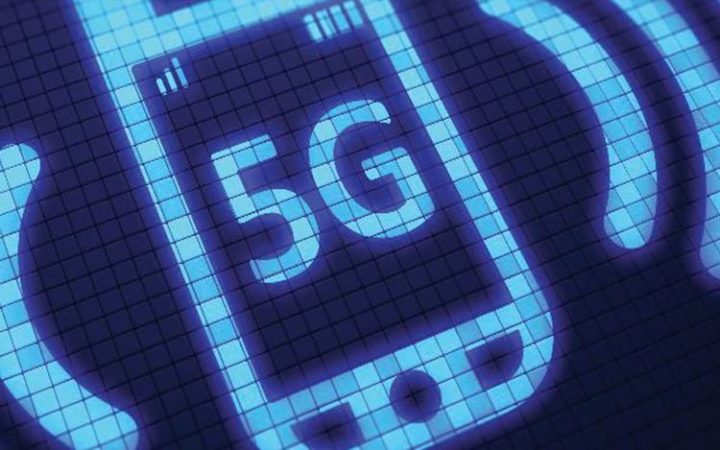The 5G Network Auction is now over! After 200 days, the main bidding phase is finally over. The total amount reached 566.802 million euros and 58 disputed lots were awarded to six operators: Nos, Meo, Vodafone, Nowo, Dense Air and Dixarobil.
A portion of the auction proceeds will be applied to the 5G network…on the roads!
143 million of 5G auction proceeds will fund roads. The news from DN, which reveals that five road projects will be funded. The funds will be compensated by funds from Portugal 2030.
According to Cabinet Resolution No. 46-A/2021, Dating back to May this year, the government has authorized Infraestruturas de Portugal (IP) to use up to €143 million of the total amount generated from the 5G auction, which the Autoridade Nacional de Comunicações (ANACOM) will have to deposit in state coffers.
The following are the road projects financed by the 5G network...
The road projects to be financed by 5G are: “IC35 - Sever do Vouga / IP5 (A25); IP3 connectivity for southern municipalities [V.N. de Poiares, Penacova, Lousã, Miranda do Corvo e Góis]; IC31 - Castelo Branco / Monfortino; EN341 - Alfarelos (EN342) / Taveiro (Arrival at Alfarelos Railway Station); IC6 - board / solid wood. "
With a global investment of €165,091,000, the NOS has gained all possible spectrum To explore the new 5G technology: 100MHz in the 3.6GHz band and 2×10MHz in the 700MHz band, also getting 2×5MHz in the 2100MHz band and 2×2MHz in the 900MHz band. " Vodafone It invested €133.2 million in two pieces in the 700MHz band and nine in the 3.6GHz band. MEO (Altice) secured one lot in the 700MHz band, two lots at 900MHz, one lot at 2.1GHz and nine lots at 3.6GHz, with €125 million. Nowo has invested €70.2 million in two batches in 1800MHz and in batches in the 2.1GHz and 3.6GHz bands.
Dixarobil paid €67 million for one piece at 900MHz, another paid at 1800MHz, two at 2.6GHz and four in the 3.6GHz band. Dense Air, on the other hand, only spent €5.765 million acquiring four more pieces at 3.6GHz — and that company has already secured a license at 3.6GHz, says DN.
5G will allow speeds 10 times faster than 4G to use the same amount of data. As said, 5G will not only be the end-user's internet...but either. 5G allows responding to critical emergency services, with high flexibility, such as industrial applications (Industry 4.0), autonomous vehicles, remote surgeries or emergency services.
The fifth generation of mobile communications will benefit from a series of innovative services. Virtual and augmented reality, remotely managed or self-driving cars, and remote surgeries are some of the examples that could be based on a 5G-based communications network. As mentioned, the latency will drop to 5ms, which opens the door to a new world of possibilities and scenarios.

“Wannabe internet buff. Future teen idol. Hardcore zombie guru. Gamer. Avid creator. Entrepreneur. Bacon ninja.”



